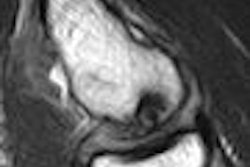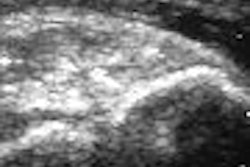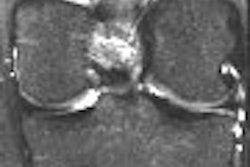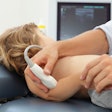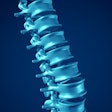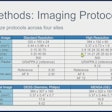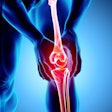Dear Musculoskeletal Imaging Insider,
For present and future MSK specialists, molecular imaging will be "essential to a clinical imaging practice," according to a commentary by Dr. Sandip Biswal and colleagues from the Stanford University School of Medicine in Stanford, CA, in the latest issue of Radiology. The advantages of molecular imaging include the ability to survey early articular cartilage breakdown, noninvasively monitor targeted therapies, and identify generators of chronic pain (Radiology, September 2007, Vol. 244:3, pp. 61-671).
Several researchers already working the field of SPECT/CT for bone scanning would no doubt agree with the Stanford group. Investigators in Canada improved diagnostic confidence in patients with bone metastases, while a U.S. group found that SPECT/CT was adept at lesion localization in back pain. Click here for the full story.
Also in the Musculoskeletal Digital Imaging Community, check out an article on bone bruises and how their prognosis is influenced by the presence of osteoarthritis (OA). Speaking of which, Canadian radiologists believe they have overcome the limitations of steroid injections in hip OA.
The MSK community also features articles on women and bone health. Young girls who believe they are lactose-intolerant tend to consume less calcium than their peers who've got milk, according to one study. At the other end of the age spectrum, calcium supplements may actually help older women stave off osteoporotic fractures, according to a meta-analysis.
Finally, do you think regular bone densitometry should be recommended for older men as it currently is for women? Dr. John Schousboe and colleagues in Minneapolis offer evidence in support of regular DEXA screening for older males. Click here to learn more about their study and the reaction to it by those in the osteoporosis field.




